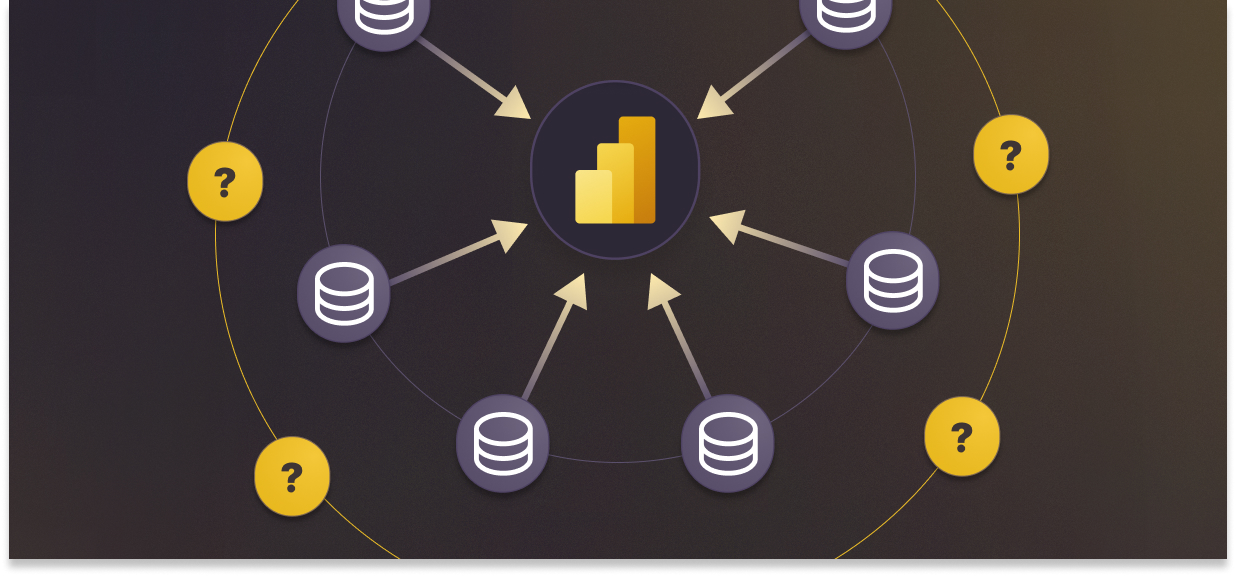Power BI is a powerful tool for turning enterprise data into insights — but what happens when some of your most critical business data doesn’t live inside a system?
Across departments, non-technical teams often track essential information in spreadsheets, shared drives, or makeshift tools. While these datasets rarely make it into formal business intelligence platforms, they’re often vital for decision-making. This creates a critical blind spot for data teams and business leaders alike.
System Data Alone Isn’t Enough
Power BI and similar tools are great at connecting to structured, system-managed data from platforms like Salesforce, NetSuite, and HubSpot. But not all data lives in these systems.
In the real world, key operational knowledge is often tracked manually:
- A marketing team’s campaign calendar in a spreadsheet
- A finance team’s custom vendor contract tracker
- A product team’s roadmap priorities stored in a shared doc
- A customer success team’s list of high-risk accounts updated weekly
These datasets live outside enterprise systems but drive business decisions every day. When they’re left out of dashboards, leadership lacks the full context needed for accurate forecasting, planning, and strategy.
The Problem: Bringing Non-System Data into Power BI Is Hard
Including these ad hoc datasets in dashboards is technically possible — but it’s not easy.
Most of this data:
- Isn’t structured in a way that’s analysis-ready
- Changes frequently and is updated manually
- Is managed by non-technical team members with no way to connect it to BI tools
- Requires IT involvement to clean, transform, and import
The result? Many businesses give up. They focus only on system data and ignore the rest — even if “the rest” contains some of the most valuable insight.
Hunni Bridges the Gap Between Business-Managed Data and Business Intelligence
Hunni was built to solve this exact problem.
It’s a data hub designed for non-technical users to manage and structure business-critical data that doesn’t live in core systems. With Hunni, teams can:
- Easily create structured datasets from spreadsheets or other sources
- Apply data governance and access control without IT bottlenecks
- Make business-managed data accessible to BI tools like Power BI
This means that data tracked outside of systems — previously invisible to dashboards — can now be part of your organization’s data fabric.
Real-World Example: From Spreadsheet to Strategy
Let’s say your procurement team tracks vendor contract terms in a spreadsheet that lives in a shared folder. It includes payment terms, renewal dates, and escalation clauses — but it’s never been connected to your BI tools.
With Hunni, that data can be structured, governed, and connected to your Power BI dashboards. Now you can join vendor contract insights with AP data from your ERP, giving finance and operations a full picture of spend risk and renewal exposure.
Unlock the Full Value of Your Data
System data tells part of the story. Business-managed data tells the rest. If you’re only looking at one, you’re missing insights — and opportunities.
Hunni empowers your teams to bring their data into the light, making it accessible, trustworthy, and BI-ready. The result? More complete dashboards, better decisions, and a truly data-driven business.

